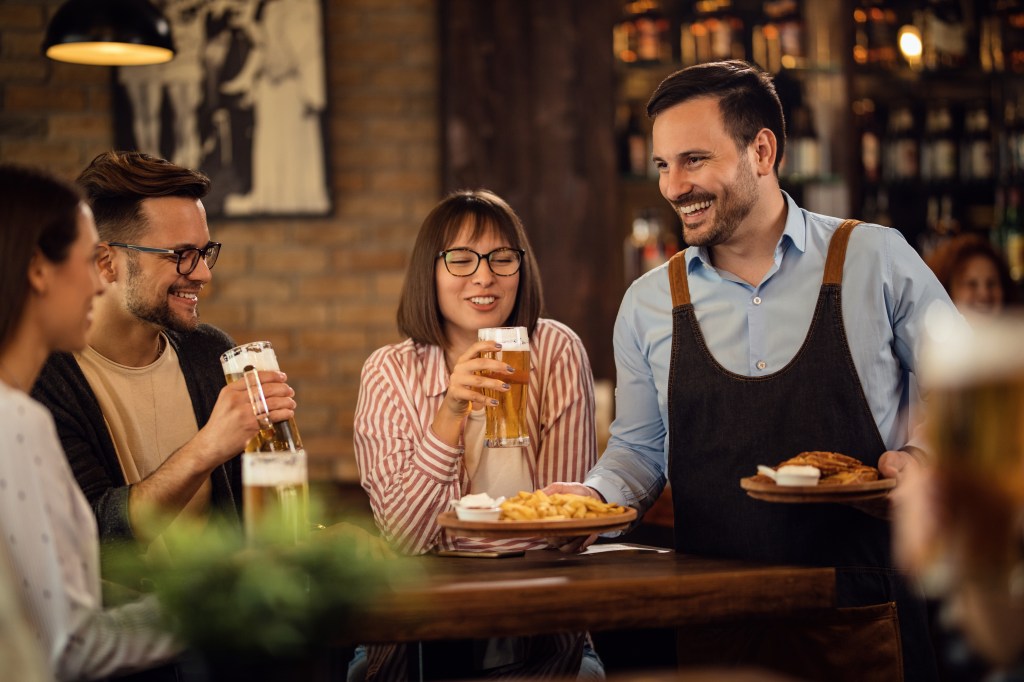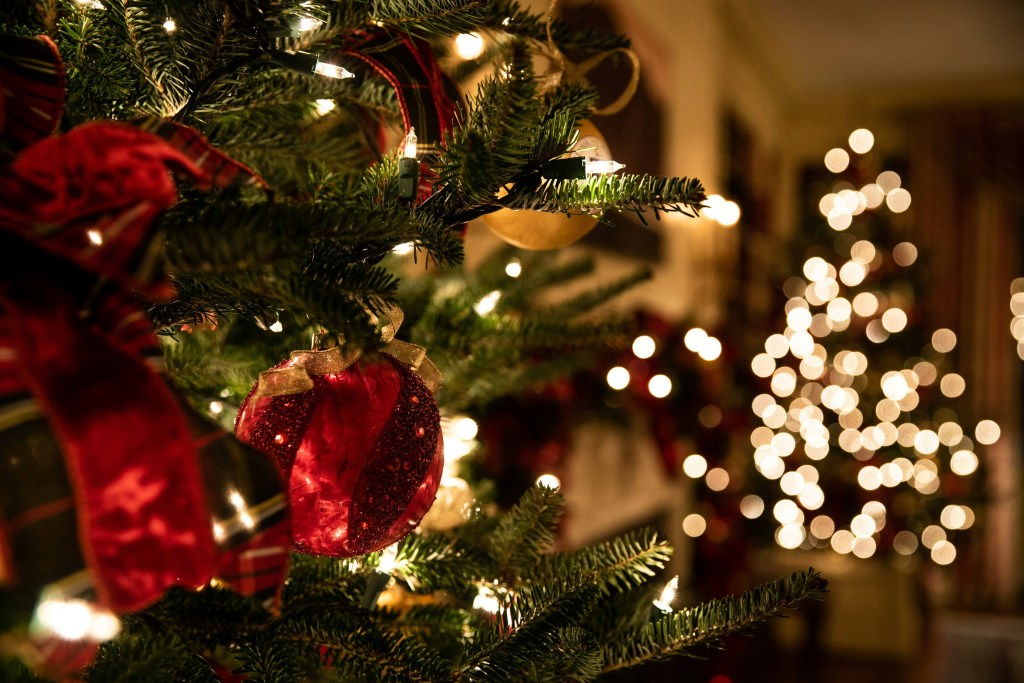Thanks to price rises and the move towards drinking products with a more expensive price tag, we see off-trade alcohol sales steadily increasing year-on-year but volumes remaining relatively static.
While on the whole, British drinkers may be buying less, there are, of course, some exceptions. The volume of spirits bought, largely fuelled by gin, has increased by 3.8% compared with last year and both ready-mixed drinks (6.1%) and sparkling wines (2.4%) have also seen volumes sales grow.
There’s one segment which is really taking off with shoppers buying more, not just paying more, and this is in no/low-alcohol products. For beer, this covers products which have up to 1.2% alcohol by volume, and for wines this includes anything with up to 5.5% alcohol by volume. In both beer and wine, these tend to be products which started off containing alcohol and go through a “de-alcoholization” process.
In the last year, £43m was spent on no/low alcohol beers, an increase of 28%. Volume has increased by 21% and works out to the equivalent of over 12.2 million pints sold in the latest year. More brands are entering this sector of beer, with the biggest of the new brands being Heineken 0.0% and Budweiser Prohibition Brew. Combined, these brands have sold over £6.5m in the latest year which is impressive given that these just launched in 2017.
Wine is a sizeable category within no/low alcohol drinks and has sold just under £40m, or 6.1m 75cl bottles in the latest year. Sales values and volumes here show a small level of growth compared with last year, but this comes without any of the big fanfare launches that we’ve seen in beer.
In spirits, we’re starting to see the launch of some small-batch drinks which have been distilled, but are non-alcoholic. While still small, they’re appearing in more and more bars, restaurants and shops, and this is clearly helping to drive their growth. As non-alcoholic spirits start to take off, we’re seeing this trend reflected in pre-mixed drinks, accompanied by a plethora of alcohol-free bars, recipe books and more.
So, what’s driving this? Our recent State of the Nation report showed that over a quarter of shoppers say that they are looking to cut down their alcohol consumption. Most are doing this by drinking less, but there’s a desire to drink lower-alcohol products to aid them in their quest. It’s not only health-conscious shoppers who are seeking to cut down their drinking, this category is gaining appeal across the board.
What does this mean for retailers? With the sugar tax increasing awareness of health concerns as well as prices, shoppers are steering away from traditional categories such as fizzy soft drinks. Shoppers are prepared to pay for a great-tasting alcohol free alternative: the average price of a litre of no/low alcohol beer is actually higher than the average price for a mainstream lager. The time is right to start stocking up on no and low alcohol drinks, to meet the changing requirements of the health-conscious shopper.
Originally published in Drinks Retailing News, July 2018



